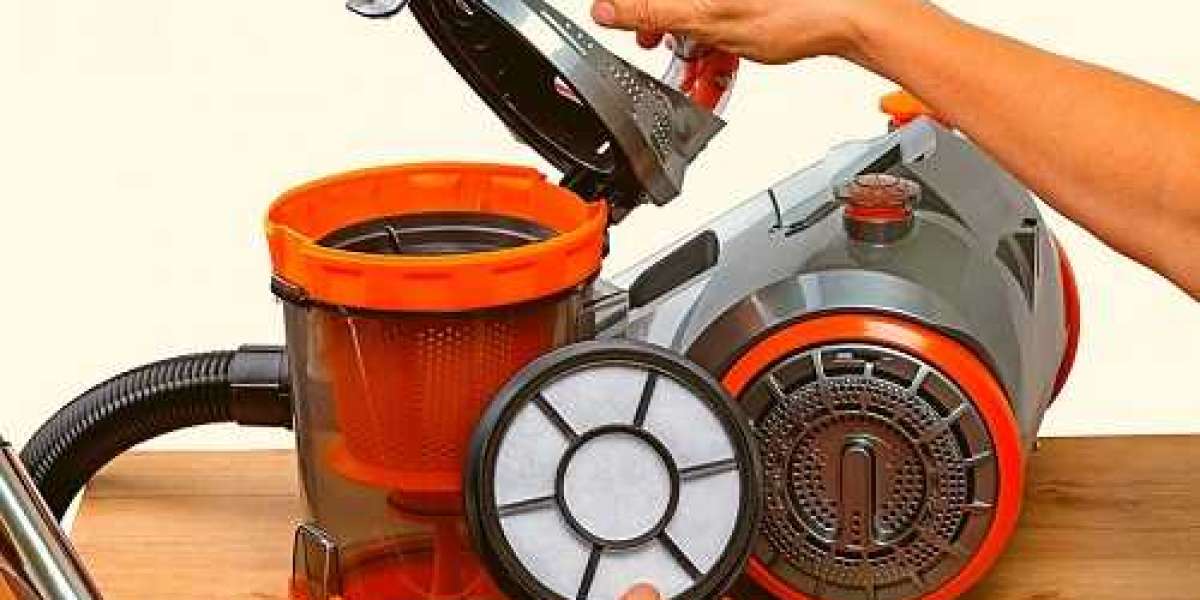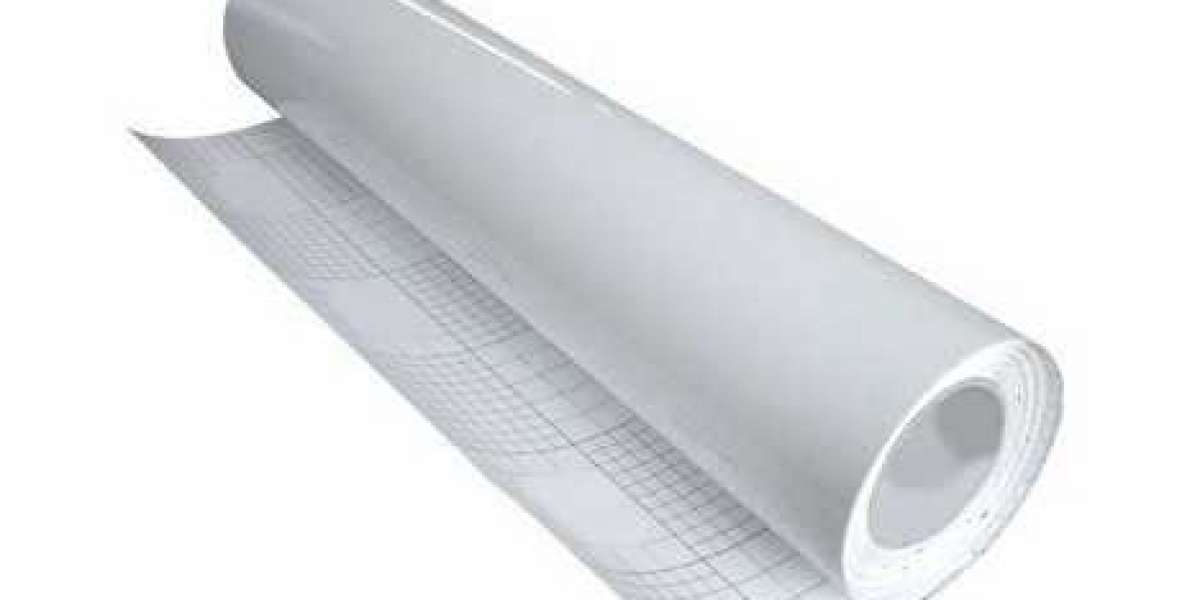Introduction
Vacuum cleaners are an essential tool in maintaining a clean and healthy living environment. Regular vacuuming helps remove dirt, dust, allergens, and debris from carpets and floors. One crucial maintenance task for maintaining optimal vacuum performance is changing the vacuum bag. But how often should you change your vacuum bags? In this article, we will explore the factors that determine the frequency of changing vacuum bags and provide practical guidelines to help you keep your home clean and your vacuum functioning efficiently.
Factors Influencing Vacuum Bag Changes
The frequency at which you should change your vacuum bags can vary based on several factors:
Vacuum Usage: The more frequently you vacuum, the quicker the bag will fill up. High-traffic areas or homes with pets may require more frequent bag changes.
Type of Flooring: Different types of flooring, such as carpets, hardwood, and tiles, produce varying amounts of debris. Carpets tend to accumulate more dirt and dust, leading to faster bag filling.
Household Size: A larger household with more occupants can generate more dirt and debris, necessitating more frequent bag changes.
Pet Ownership: Homes with pets experience higher shedding rates, which leads to more pet hair and dander in the air. Consequently, vacuum bags in pet-friendly homes might need changing more often.
Allergies: Individuals with allergies may need to change vacuum bags more frequently to prevent allergen buildup and maintain good indoor air quality.
Particle Size: Fine particles like dust and pollen can quickly fill up a vacuum bag. If you live in an area with high pollen levels or dusty conditions, you might need to change the bag more often.
Guidelines for Changing Vacuum Bags
While the factors mentioned above play a role in determining how often you should change your vacuum bags, there are general guidelines you can follow:
Check Bag Fullness: Most modern vacuum cleaners have a fill-level indicator that shows when the bag is getting full. Check this indicator regularly and change the bag when it's around 2/3 to 3/4 full.
Inspect Suction Power: If you notice a decline in your vacuum's suction power, it's a sign that the bag might be full. Changing the bag can help restore optimal performance.
Frequency: As a general rule of thumb, for a household with average usage and no specific factors like pets or allergies, changing the vacuum bag every 1 to 2 months is a reasonable guideline.
Special Circumstances: If you have pets or allergies, consider changing the bag every 1 to 4 weeks, depending on the severity of the situation.
High-Traffic Areas: In areas with high foot traffic, like entryways and hallways, consider more frequent bag changes due to the increased dirt and debris.
Benefits of Regular Vacuum Bag Changes
Optimal Performance: Changing the vacuum bag ensures that the vacuum maintains its suction power, allowing it to effectively clean your home.
Improved Air Quality: Regular bag changes prevent the accumulation of allergens and dust, contributing to better indoor air quality.
Prolonged Vacuum Life: A clean vacuum system experiences less strain, leading to a longer lifespan for the vacuum cleaner.
Time and Energy Savings: An efficiently operating vacuum cleaner gets the job done faster, reducing the time and effort you spend on cleaning.
Conclusion
Regularly changing your vacuum bags is a simple yet crucial aspect of maintaining a clean and healthy living space. By considering factors like usage, household size, flooring type, and specific needs, you can determine how often you should change the bags. Following these guidelines not only keeps your vacuum cleaner working optimally but also contributes to a cleaner environment and better indoor air quality for you and your family.








